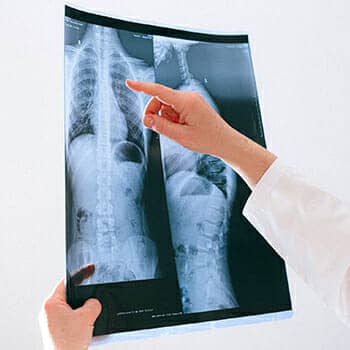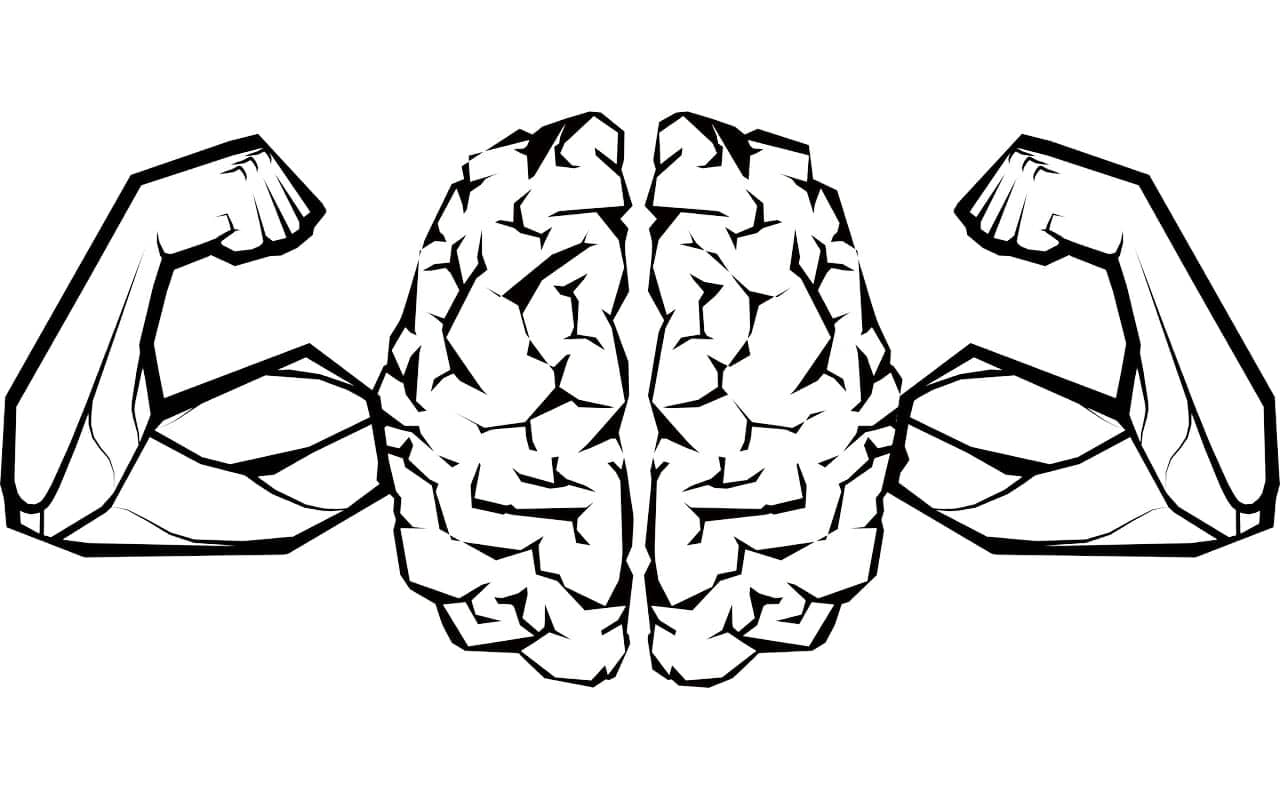 Remembering the postural drainage positions is one of the more challenging learning tasks.
Remembering the postural drainage positions is one of the more challenging learning tasks.
That’s because knowing how to position the body in specific ways to assist in the drainage of mucus from the lungs saves lives.
It also improves the lives of people with conditions like cystic fibrosis, bronchiectasis, and chronic obstructive pulmonary disease (COPD).
Judging by the fact that you’ve found this page, you’re probably already familiar with the purpose and benefits of postural drainage.
You just want to remember the positions themselves.
And lock them into memory forever.
That’s exactly what I’m going to teach you to do on this page.
So let’s dive in so you can effectively memorize all of the chest pt positions quickly.
And without overwhelm.
How to Remember Postural Drainage Positions: 6 Timeless Memory Techniques
As we go through this list of ways to memorize the positions, I’m giving you this information for the sake of completeness.
However, I’m going to lean you towards the final tip because it’s proven to work marvellously for learning anything where positions on the body matter. You can even listen to my student Rose Szwed talk about how she used today’s ultimate tip for mastering a particularly location-bound part of nursing knowledge she formerly struggled to learn.
In reality, all of these tips will help you. I suggest adding each into your learning repertoire for medical terminology and related information.
One: Chunking
Breaking down the postural drainage positions into smaller groups will make the memorization process more manageable. Start by grouping similar positions together based on their shared characteristics.
For example, use chunking to group together positions that involve lying on the stomach. Chunk positions that require sitting into another group. By focusing on one group at a time, you can memorize each set of positions more efficiently.
Two: Muscle Memory Exercises
Helping patients drain their lungs is a physical activity that will require you to develop muscle memory.
But it’s not just about regularly practicing each position to train your body to perform the moves instinctively.
When first learning the postural drain positions, you want to use spaced repetition.
For instance, you might practice the “prone on elbows” position on Monday, perform gentle back arches on Tuesday and then revisit the initial exercise on Monday. This kind of patterning usually helps people develop long term memories faster, especially when it comes to procedural tasks like this.
Three: Flashcards And Learning Technology
Although I think there are better ways to learn the postural drainage positions than Anki or any kind of digital flashcard, some people find it useful to set reminders.
You may also want to seek out interactive platforms that allow you to interact with virtual models and animations. Such programs can potentially reinforce your understanding of each position – provided that you’re also developing your muscle memory with practice partners.
Four: Creating a Personalized Reference Guide
One of the reasons I put a warning around digital apps for learning involves digital amnesia. Scientists have found a high rate of forgetting when people learn from devices.
This also happens because the science of active recall in learning tells us that we need to personalize the learning journey.
A personalized reference guide is really just a fancy way of saying, “keep a notebook.”
Memory champions journal frequently, as do I. So I suggest you do so as well.
Memory Journals provide a visual aid and prompt for rapidly reviewing the postural drainage positions.
It also gives you a place to include key tips, modifications, or variations that you discover about specific respiratory conditions. By personalizing the guide, you create a resource tailored to your needs, making the memorization process more effective.
Five: Mnemonic Devices
Mnemonic devices are simple mental tools that help associate information with visual, auditory or kinesthetic cues. They may also include other aspects of mental imagery and there are many visualization exercises to explore.
When it comes to memorizing postural drainage positions, creating vivid associations will be immensely helpful. For example, for the “supine” position (lying flat on the back), one might imagine a peaceful lake reflecting the sky, symbolizing the position’s tranquility.

You can also layer in mnemonic images using the pegword method. Using this strategy, “supine” suggests having Superman lying flat on his back because “sup” is in both words. Comic book figures are also very easy to recall. When associated with words and processes, they help bring the target image back much more easily.
Additionally, using acronyms or rhymes can be an effective way to remember the different positions. Creating a catchy phrase such as “LSR for Lateral, Side-lying, Right” can help easily recall the lateral side-lying position on the right side.
Six: Body Memory Palaces
The most royal memory technique of them all is the Memory Palace. Usually, this technique works by laying out an image like Superman for supine along a journey through a building.
But you can also create a journey on any body. This is what my student Rose Szwed did to help her learn phlebotomy correctly. It’s based on an ancient memory technique where you divide the body up into loci.
In the Renaissance period, memory masters would use statues of famous mythological figures to help them remember things. Like this:
When you’re learning the chest pt positions, you can use your own body or the bodies of famous people to place associations.
In other words, you could place the Superman image on the body of a person. You can either make the person Superman, or select a part of their body that helps you remember this particular position.
You can arrange many Body Memory Palaces on beds in a Memory Palace based on a hospital ward if you like. That way, you can move in order from body to body and learn all of the postural drainage positions quite quickly.
Provided, of course, you’re developing your muscle memory, using spaced repetition and the other tips we’ve discussed above.
Learn All The Postural Drainage Positions Quickly
Mastering the ability to remember postural drainage positions quickly is important.
We need more top notch individuals working in respiratory health, after all. Superhero-level health professionals.
By exploring the most effective mnemonic strategies, you’ll be able to overcome any and all learning challenges.
Ready to learn more?
Please get my free course now by clicking the image below to get started:
It will take you deeper into the most high-powered memory techniques available to serious learners like yourself.
Whether it’s anatomy mnemonics and information related to pharmaceuticals, I’ve got you covered.
And for more on remembering anything related to posture and movement, feel free to check out this post on remembering choreography next.
Related Posts
- Nelson Dellis On Remember It! And Visual Memory Techniques
Looking for visual memory techniques? And I mean truly visual. In this episode of the…
- How to Remember Pre Trip Inspection CDL Fast
Remove all fear of failing your commercial driver's license test. This resource explains how to…
- The Glycolysis Mnemonic Strategy That Helps You Remember Fast
Most glycolysis mnemonic examples fail. Learn how to remember everything related to glycolysis fast with…






